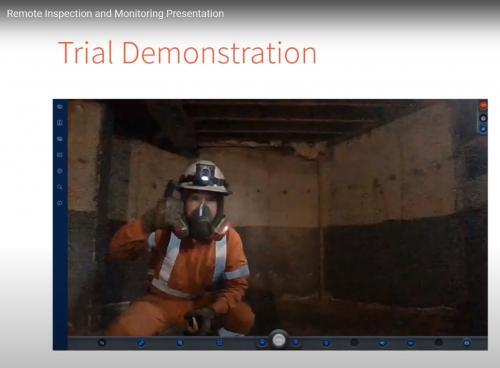
Nuclear Technology Brings Hope to Patients
Saskatchewan cancer patients have been given a new reason to be hopeful thanks to nuclear technology.
The Royal University Hospital in Saskatoon is now receiving on-site medical isotopes thanks to the Fedoruk Center, a cyclotron and a funding partnership between the province and the feds.
A cyclotron is a particle accelerator and it uses power to make particles radioactive. When these particles collide isotopes are created.
Medical isotopes are safe radioactive particles used to diagnose health conditions.

In total, the nuclear medicine community relies on a wide suite of medical isotopes. There are approximately 200 isotopes available for use. Each isotope has its own characteristics and the ability to provide doctors with a window into what is happening inside the body.
The isotope is used to help detect medical issues such as cancer and Parkinson’s through a positron emission tomography (PET)/computerized tomography (CT) scan (PET-CT).
An isotope known as fluorine-18 is attached to a tracer to make a radiopharmaceutical. It is then injected into the patient where it moves throughout the body depending on the tracer. In Canada, PET/CT scans use the radiopharmaceutical flurodeoxyglucose (FDG). Approximately 60 minutes after injection, the scanning part of the procedure begins.
“FDG is a sugar and the sugar is burned up by different parts of the body at different rates,” according to Dr. Neil Alexander, executive director of the Fedoruk Center. “In nuclear medicine, particularly in diagnostics, if you have a sugar it goes around the body and anything burning up the sugar at a great rate lights up on the scan. As one example, cancer cells burn up sugar at a greater rate than healthy cells, allowing physicians to detect cancers and see how the disease responds to treatment.”
PET/CT scans provide doctors with vital information on the location and extent of cancer within the body. The test also allows doctors to assess the success of treatments; providing patients with a better chance at survival.
Parkinson’s disease diagnosis and research is one of the newest areas for medical isotopes and PET/CT. Early diagnosis in the case of Parkinson’s is an important step to increasing knowledge on how the disease progresses and responds to therapy. In the case of Parkinson’s patients the scan is looking for a decrease in proteins used in the synapses, or the junctions between nerve cells, in the brain.
Until the cyclotron started producing isotopes, patients requiring a scan in Saskatchewan needed isotopes flown in from Ontario and because the radioactivity is short-lived, meaning FDG cannot be stored, daily shipments were required. The challenges of early morning production added to air transportation often led to delayed starts and cancellations, providing unreliability for patients in need of medical diagnoses.
“Up until now, all of it was coming in from Hamilton and a lot of the material had decayed so they couldn’t process as many patients,” says Alexander.
Producing locally means more reliable health care for patients, cutting wait times and diagnosing more patients sooner. It also means that Saskatchewan medical researchers have a supply readily available to expand their research programs.



